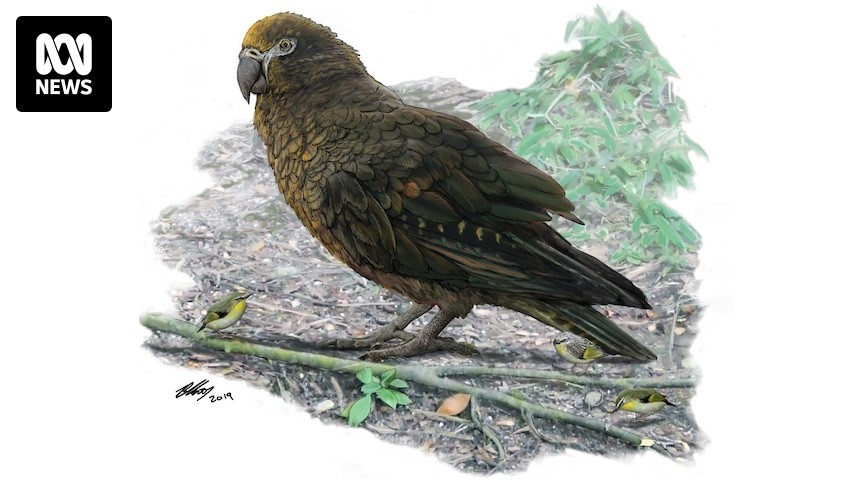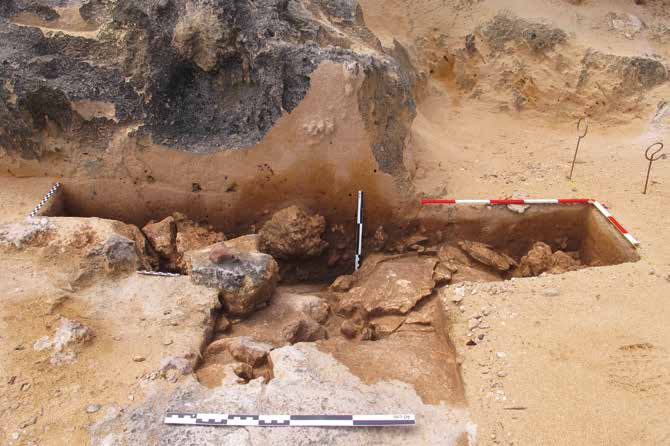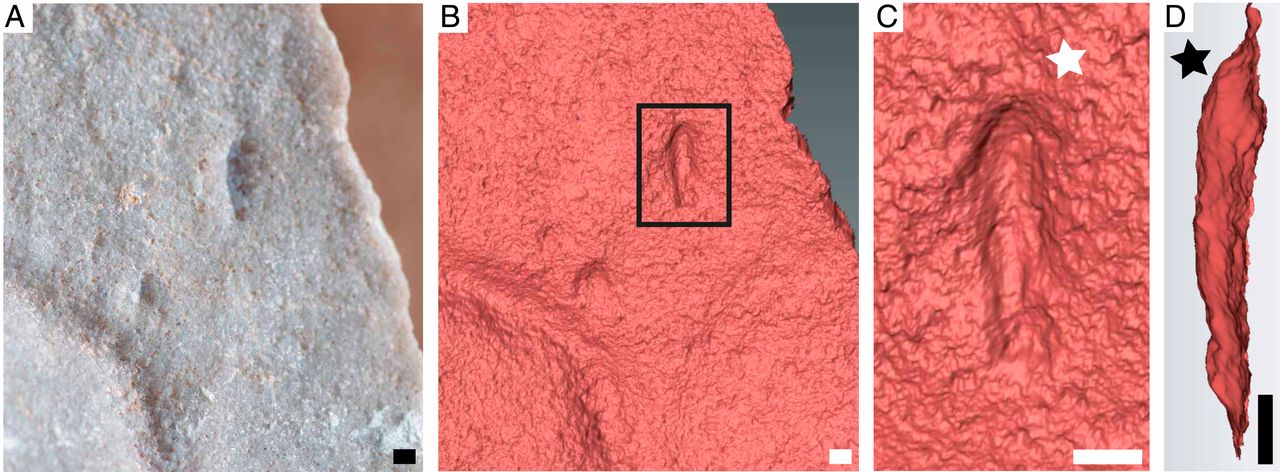Werewolf
Underminer
Not quite Australia, but across the Tasman Sea: fossils of a giant 1m tall, 7kg parrot discovered in New Zealand 

 www.abc.net.au
www.abc.net.au
Meet Heracles, the metre-tall giant parrot that once called New Zealand home
Fossilised drumsticks discovered on New Zealand's South Island belonged to a giant parrot that stood about 1 metre tall and weighed about 7 kilograms. Dubbed Heracles, it is the first supersized parrot found anywhere in the world.














